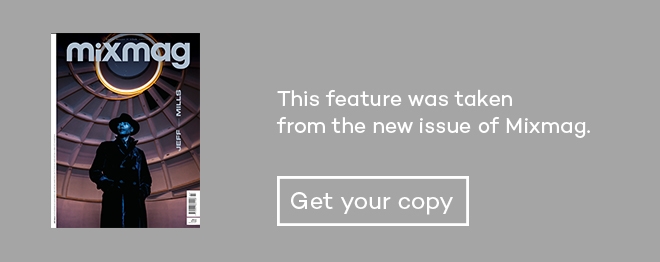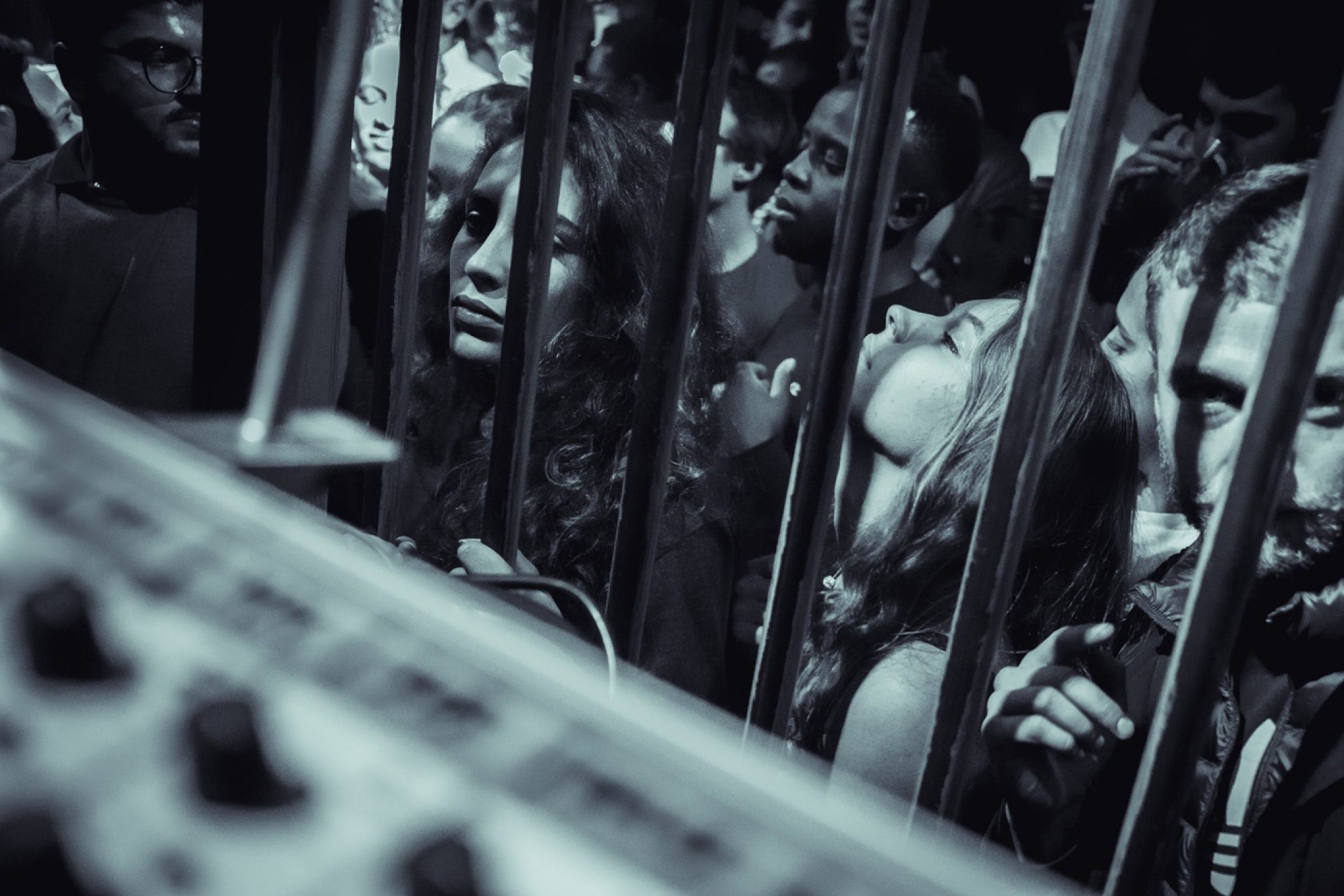 Scene reports
Scene reports
Back from the dead: Paris's club scene has a new beating heart
Paris's new club scene is thriving on the banks of the Seine
“There wasn’t much to do in Paris ten years ago, apart from Batofar and Glazart”, says Piu Piu, seven months pregnant and grinning beneath her signature fringe. Tonight, Radio Nova presents a show on the bottom deck of Cargø, a new house and disco venue hosted on 10,000 tons of steel moored in front of the Tuileries garden.
Paris’s clubbing scene has come a long way since the late 2000s, when it was declared dead by both The Guardian and French counterpart Le Monde. No other area is a better testament to that than the 12th and 13th arrondissements around The Seine, where a new generation of venues are redefining the status of the capital on a global scale. Today, the riverbank is the rendez-vous of choice for crowds looking for an electronic thrill.
The most recent addition, Cargø is the brainchild of local house and disco powerhouse Bonjour/Bonsoir. They’ve covered the three dancefloors and two terraces of the boat in glitter for the occasion and have a crowd to match. Across the room, watching over the undulating silhouettes of partygoers, stands a 4’ purple unicorn, the sequins on its back soon to be worn off by an army of props-hungry Instagrammers. On a vintage disco-style ballroom we find a DIY fancy-dressed crowd from eastern Paris and some suit-wearing types from the west. The dancefloor fills up quickly to the selection of Mezigue and Mad Rey, two key figures of Parisian house label D.KO Records.
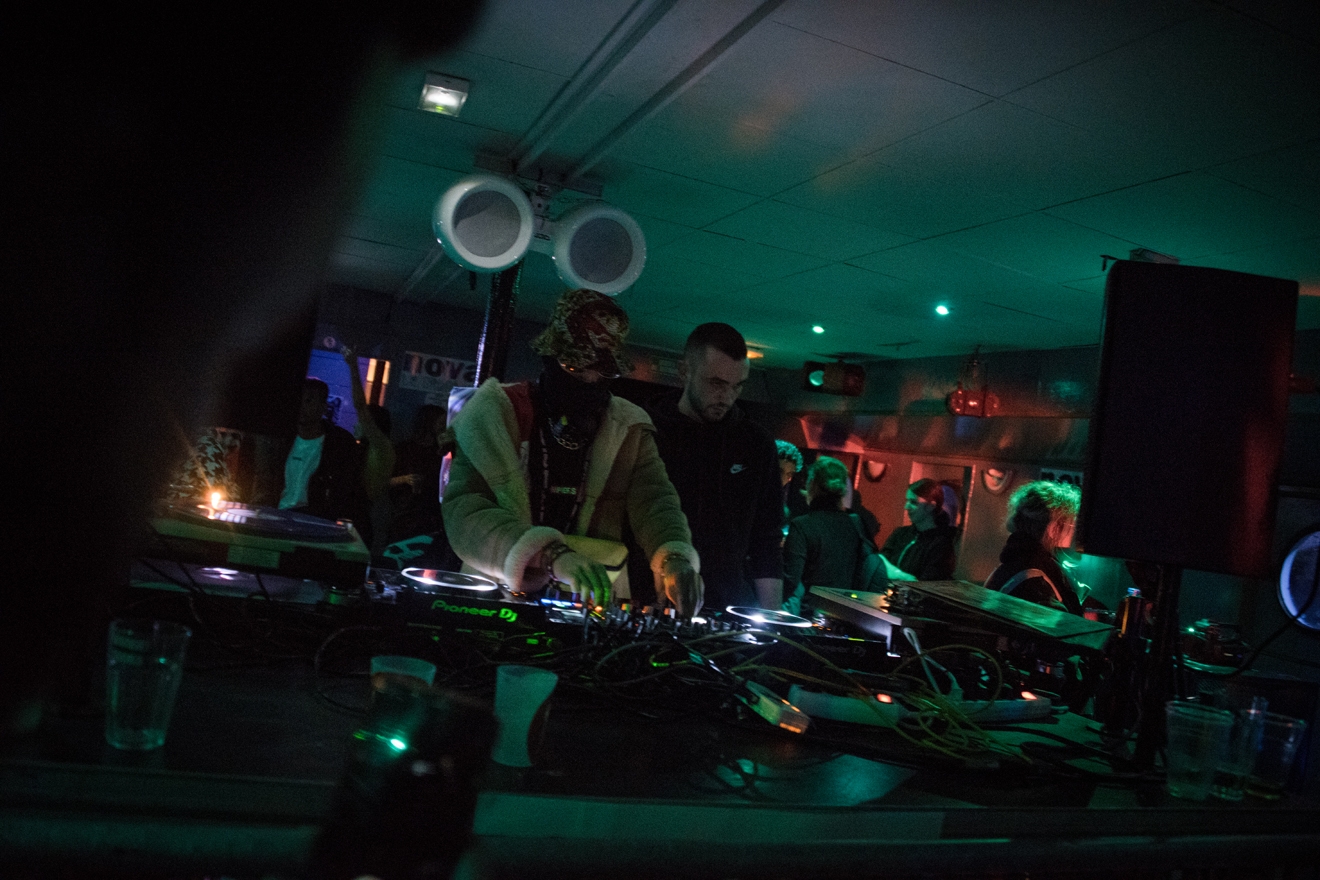
Further down the Seine lies one of the longest-standing dance music institutions in Paris: Djoon. Dedicated to soulful and urban dance music genres, it has the chic and old-fashioned style of New York’s iconic jazz clubs, and the architectural prestige bestowed by 16’ ceilings, arched bay windows and warm lights hanging low over the bar. With a welcoming, family-run feel, tonight Djoon is home to classic house connoisseurs and enthusiastic dancers cutting shapes on the varnished wooden floor to the uplifting, jazzy jams of Byron The Aquarius. Adrien Assadian, the club’s manager, assures us that “there’s no backstage here”. And there’s no need for one: Djoon’s dancefloor is where the party’s at.
Walking past the narrow outdoor smoking area where speakers pipe in the DJ set, it becomes apparent that the clubs in the vicinity benefit from being in a rare, non-residential area in what’s an overcrowded city. Smokers are allowed to spill out on to Vincent Auriol boulevard and congregate on the pavement in front of the overground. It’s been a balmy evening, and our next stop is a few yards down the Austerlitz quay: NF-34.
Formerly known as Nuits Fauves, it is one of the new hotspots born in the belly of the huge cultural complex that is the City of Fashion and Design over the past three years. Now open under a new name, this towering industrial structure is once again becoming renowned among the city’s techno community.
Indoor, a thin wall separates the bar from a dimly lit mainroom, where its famous caged booth takes pride of place (the crowd has been known to climb on and into it on occasions). The mood here is fiercer, more intense. Homegrown techno artist Paul Ritch is in charge of the line-up tonight, the first time a club in his home town has given him the chance, and he’s glowing.
“Things around here are moving so much, so quickly”, he says. “You have passionate people coming, people who know about the music and the artists.” As he plays his first record, the throng of hundreds in front of the booth jerk up as if on a string.
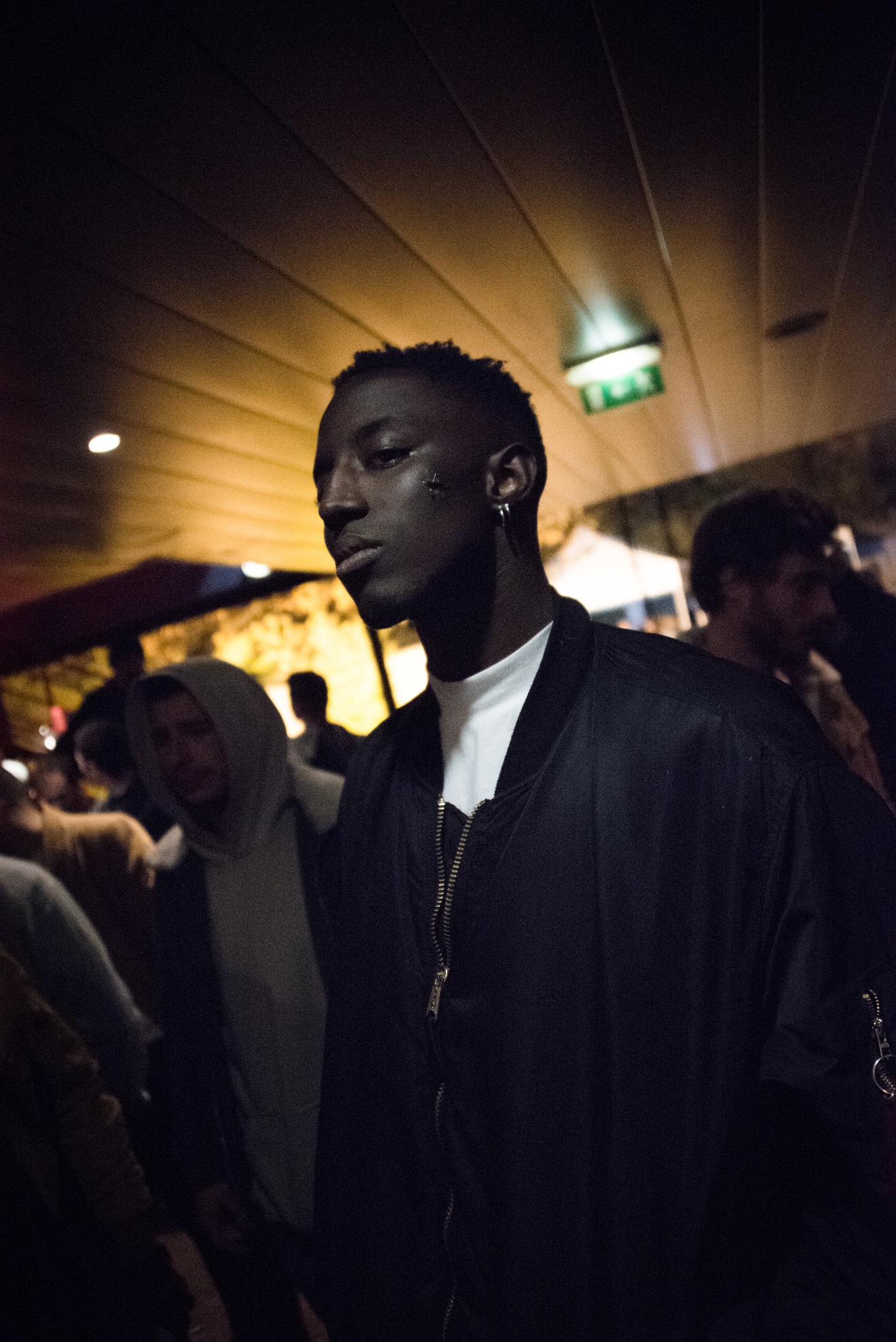
The flagship, orange-lit arch of Concrete, Paris’ most famous three-storey barge, is a short walk away across the nearby Pont de Bercy bridge, and next to the black waters of the Seine, time stands still. An empty maze of barriers guides us towards a venue well used to dealing with queues of customers in their hundreds. To get in, you must earn the approval of Valéry, a sharp-looking silver fox who’s worked the door at dozens of legendary French venues. When Mixmag arrives, the party is at its peak and groups of punters have gathered on the upstairs deck, catching a few breaths of fresh air – or cigarettes – before returning to the humid frenzy of the main room. Its fogged-up windows act as a strangely cosy barrier against the outside world.
Around the booth, which nestles in a custom-made square of blue railings in the middle of the dancefloor, there is a sense of intimacy between the DJs, the crew and the public. The atmosphere is slipping into after-hours mode, the mood loosening: the pirate pilot of this ship is DJ Bone, who plays an all-night set alongside Ben UFO. The latter is dancing behind the decks shrouded in violet steam, his customary nonchalance nowhere to be seen.
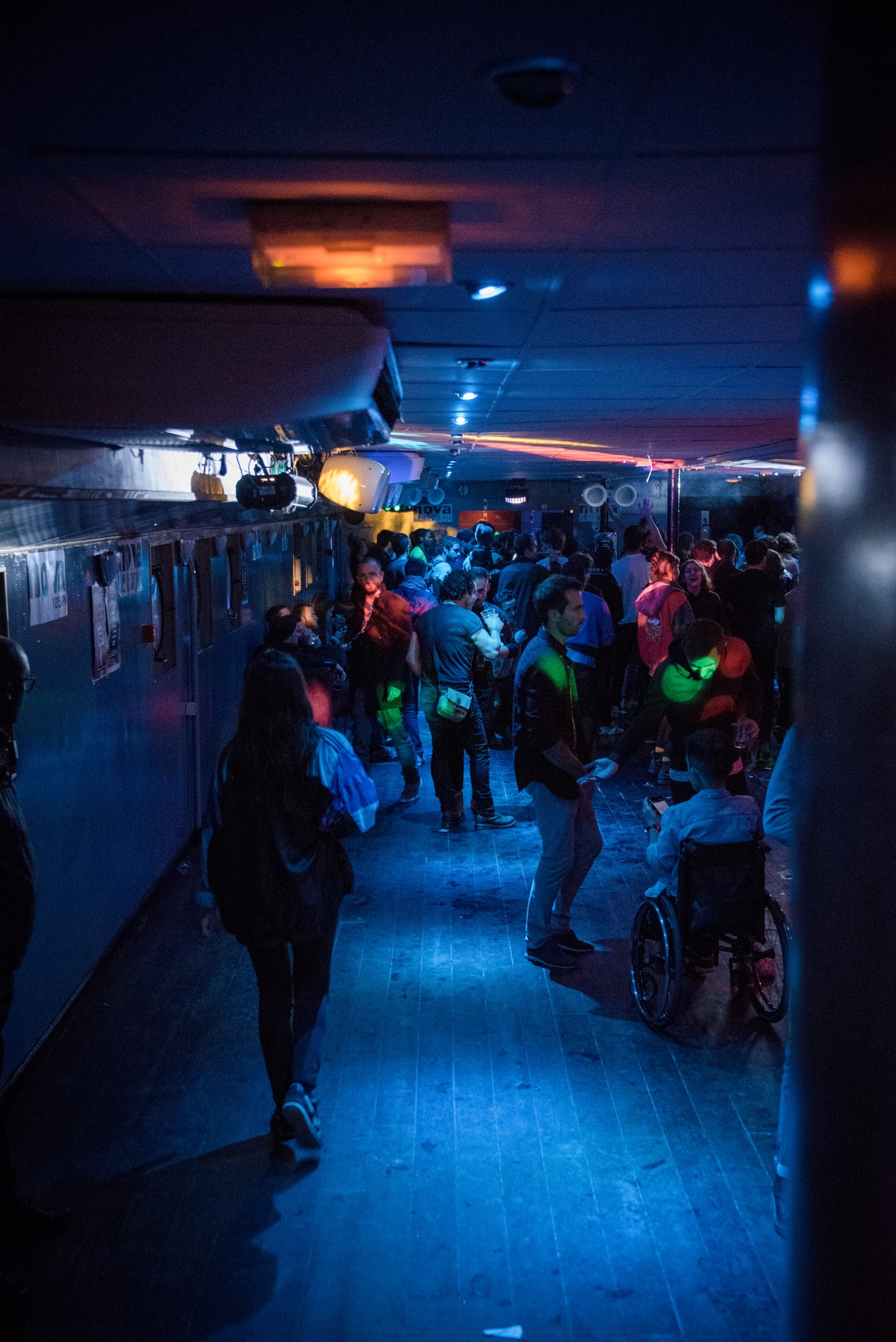
Some venues have the uncanny ability to make time stop. Concrete is one of those clubs you aim to visit for a couple of hours, only to come home the next morning with little notion of where the time went, lost in a whirlwind of DJ sets simply too addictive to leave behind. Tonight will be no exception.
Outside on the terrace, the sky takes the indefinite grey-blue tinge of December mornings and the city wakes up to what is to be its most violent day of social unrest in over half a century. But on this side of town, the sense of calm around the river is eerie, and almost supernatural. The first morning train from Austerlitz station rumbles over the bridge, the sounds of its wheels floating over the muffled, rumbling low-ends filtering out from inside the boat; Concrete hasn’t emptied yet, and conversation flows between artists, regulars and the crew. And there we get a glimpse of what makes the riverbank stand out: even in its most established venues, the sparks of DIY spirit and warmth indicate that Paris’s burgeoning club scene has finally found a space, or spaces, to reach its full potential.
Marie-Charlotte Dapoigny is Mixmag France's Digital Editor, follow her on Twitter
Read this next!
An essential city guide to Paris
Parisian collectives are building an underground scene outside of the clubs and city
Meet the DJs of the new Parisian underground

